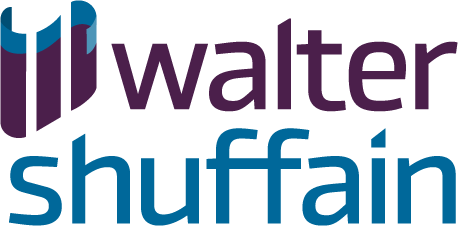The COVID-19 pandemic caused many families to rethink their child care situation. Nannies became a popular choice for many, as they decreased the risk of sending children to child care centers and provided the benefit of helping those same children through online schooling while their parents worked. As the pandemic has ebbed and flowed, nannies have remained a popular option. Many families, however, were unprepared with how to transition to a household employer.
As a household employer, you’re responsible for paying your employee’s Social Security and Medicare taxes (i.e., the nanny), even if that person works part time or on a seasonable basis. If you miss the payments or misfile the forms, you could be subject to fines or, worse, tax evasion.
Do you need to pay taxes?
As long as you pay the nanny directly, whether through cash, check, money transfer, etc., you’re considered the employer. If the payments exceed $2,300 for the year (as of 2021), the nanny cannot be considered a contractor, and you can’t use a Form 1099 to report wages.
As a household employer, you must pay Medicare and Social Security taxes (also known as Federal Insurance Contributions Act, or FICA) that are split evenly between your household funds and those the nanny/household employee receives. However, those younger than 18 are exempt from FICA. You may also potentially claim an exemption if the employee is your child and younger than 21 or a parent or spouse who is providing the care.
Household employers should also remember they are not required to withhold federal income taxes unless they and their employee agree to it. Even still, some states will not allow them to withhold state income taxes. Reach out to a knowledgeable tax professional to determine your state’s withholding rules.
Important forms, filings for household employers
Once you confirm you’re considered a household employer, understanding which forms you must file is important. Keep these forms in mind:
- I-9 Form: Employment Eligibility Verification
- W-4 Form: Federal Tax Withholding Elections (if you plan to withhold federal taxes)
- SS-4 Form: Application for Employee Identification Number
- W-2 Form: Wage and Tax Statement
- Send Copy A to the Social Security administration before the deadline each year.
- Provide Copies B, C and 2 to employee
- Form 1040, Schedule H: Household Employment Tax Reporting
- Nanny Insurance Rider: Some homeowners insurance policies require a separate rider to provide compensation should the nanny become injured in the course of the work.
Tax credits, deductions
Families with children younger than 13 in child care may be eligible for tax credits and deductions. For starters, if an employer offers a Dependent Care FSA, they can contribute up to $10,500 in 2021 before deducting taxes from their pay. Those funds must be used to cover eligible dependent care expenses.
Any funds not paid for by the FSA may be eligible for the Child and Dependent Care Tax Credit. Qualifying taxpayers are eligible to take a credit for a portion of the cost of care for a qualifying dependent that enables the taxpayer to work or actively look for work, up to $2,100. Click here for more information on the Child and Dependent Care Tax Credit.
Outsourcing payments to mitigate risk
Several options are available for household employers who are new to employing care staff or may not have the time to handle all tax payments and filings properly. Outsourcing a part or all of the process can be done through:
- Online payroll companies that will calculate taxes to be withheld and remit the payments to the correct entities.
- Knowledgeable tax professionals can help you establish a payment system and complete necessary forms and filings throughout the year.
For more information on the nanny tax and how it could affect your household, reach out to our team of tax professionals today.
